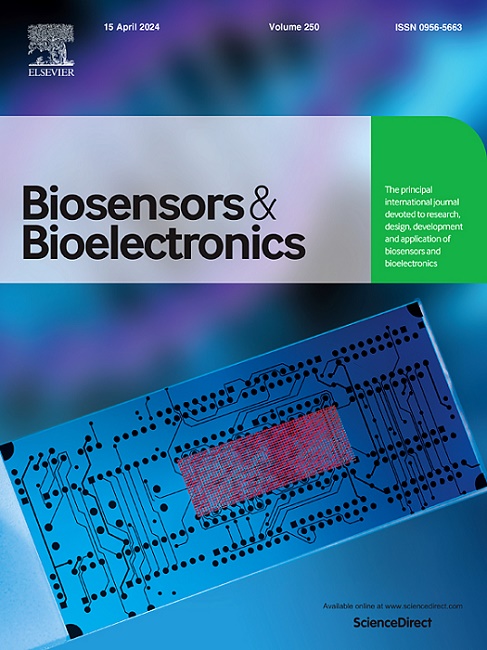Peptide-based fluorescent probes for the diagnosis of tumor and image-guided surgery
IF 10.7
1区 生物学
Q1 BIOPHYSICS
引用次数: 0
Abstract
Fluorescent contrast agents are instrumental in amplifying signals, thereby enhancing the sensitivity and accuracy of live optical imaging. However, a significant proportion of traditional fluorescent contrast agents exhibit drawbacks such as short half-life, suboptimal biocompatibility, and inadequate tumor targeting, all of which impede effective imaging guidance. Peptides, derived from natural structures, offer a flexible modular design that can be precisely engineered and adjusted using synthetic methods to achieve specific biological activity and pharmacokinetic properties. They bind with designated receptors to exert their effects, demonstrating high specificity. The development of fluorescent probes based on peptides significantly overcomes the limitations of conventional contrast agents, offering superior performance. This article provides a comprehensive review of three strategies for constructing peptide-based fluorescent probes, delving into their distinct design concepts, mechanisms of action, and innovative aspects. It also highlights the potential applications of peptide-based fluorescent probes in tumor diagnosis and image-guided surgery, offering insights into their future clinical transformation.
求助全文
约1分钟内获得全文
求助全文
来源期刊

Biosensors and Bioelectronics
工程技术-电化学
CiteScore
20.80
自引率
7.10%
发文量
1006
审稿时长
29 days
期刊介绍:
Biosensors & Bioelectronics, along with its open access companion journal Biosensors & Bioelectronics: X, is the leading international publication in the field of biosensors and bioelectronics. It covers research, design, development, and application of biosensors, which are analytical devices incorporating biological materials with physicochemical transducers. These devices, including sensors, DNA chips, electronic noses, and lab-on-a-chip, produce digital signals proportional to specific analytes. Examples include immunosensors and enzyme-based biosensors, applied in various fields such as medicine, environmental monitoring, and food industry. The journal also focuses on molecular and supramolecular structures for enhancing device performance.
 求助内容:
求助内容: 应助结果提醒方式:
应助结果提醒方式:


